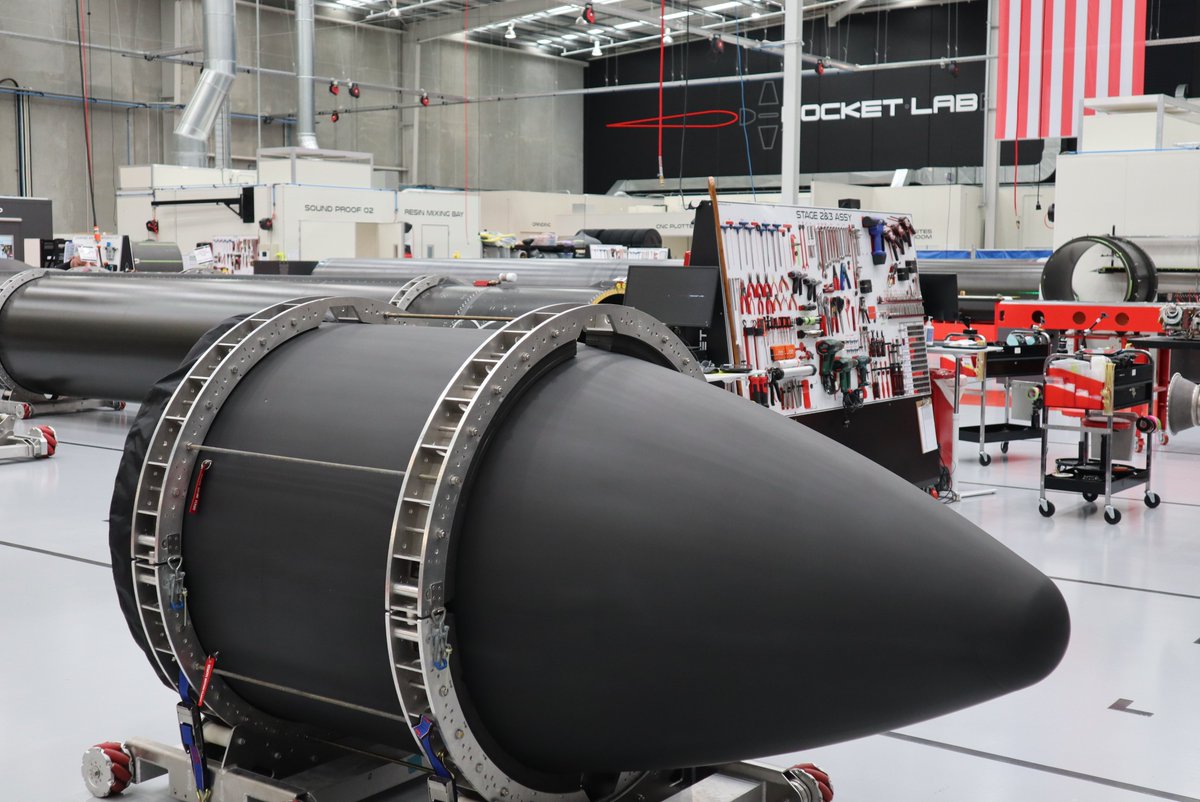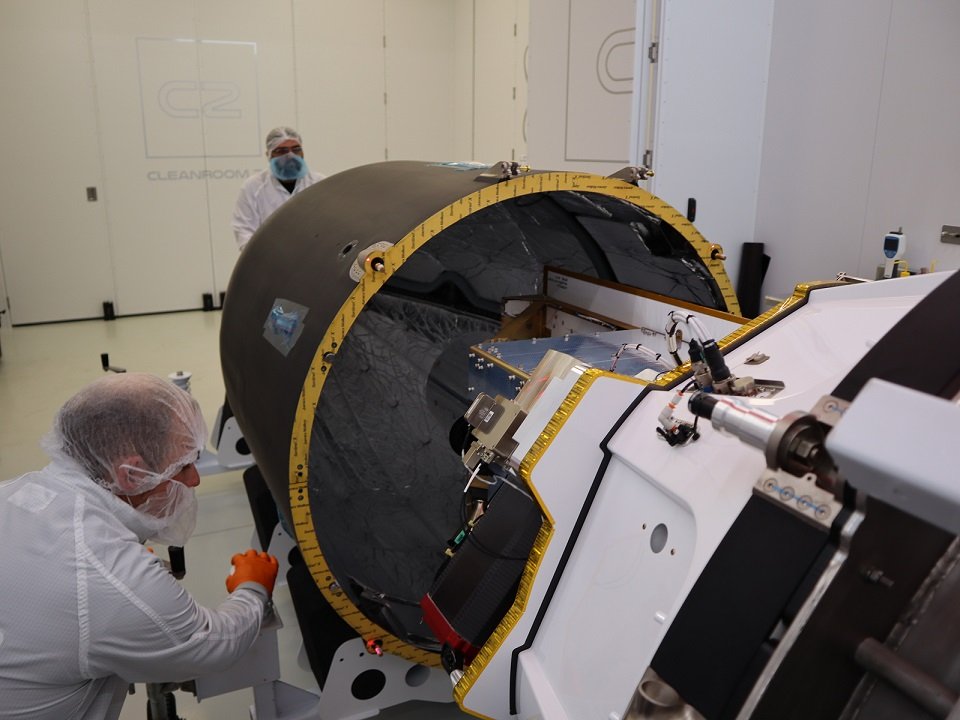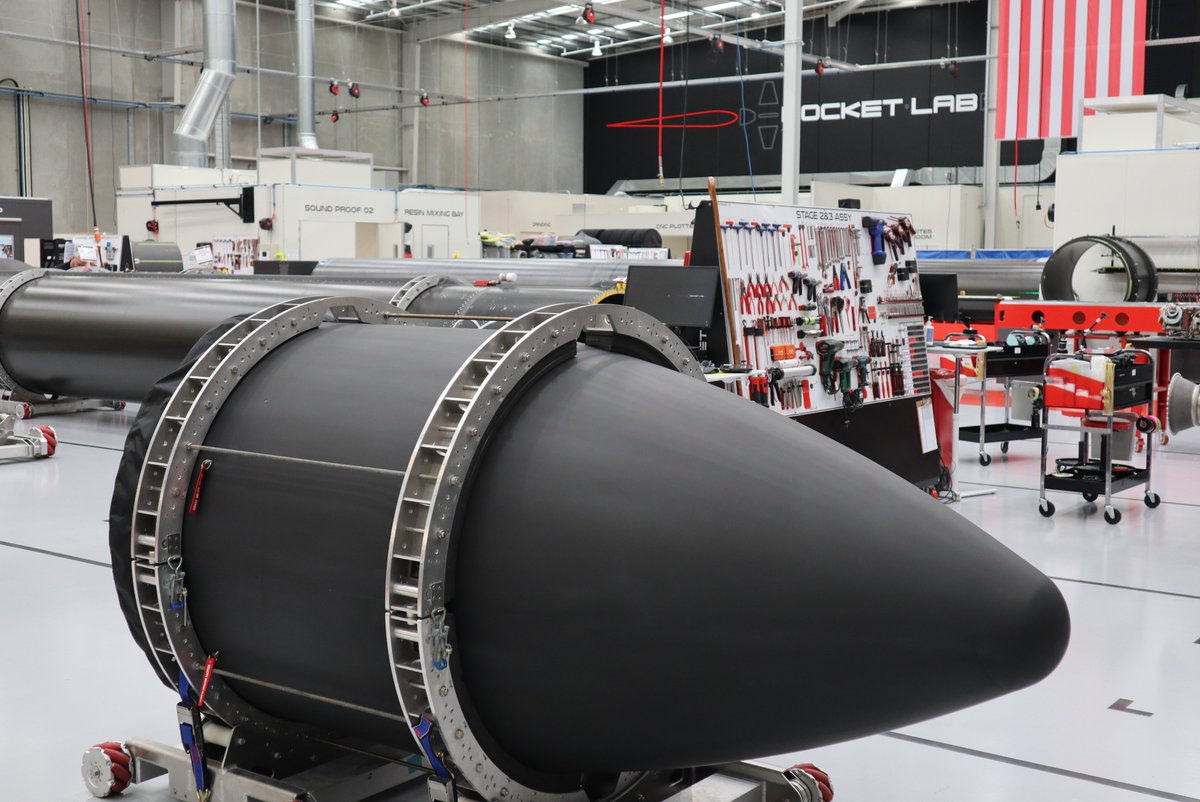
How Rocket Lab & Electron Accommodate Different Payloads
Space offers practically endless options and opportunities for different satellites and payloads. Even Earth’s orbit alone provides a long list of options, each with different benefits and challenges. Rocket Lab uses its Electron launch vehicle to send customers’ payloads to different locations. However, these payloads come in many different shapes, sizes, and have different purposes when being sent out of Earth’s atmosphere.
For these reasons, launch vehicles such as Electron require options and configurable components related to accommodating payloads. Specifically, Electron accommodates payloads using the fairings, payload plate, multiple configurations, separation systems, and more. All of which can be adjusted and factored into consideration when installing and planning certain missions.
Especially with small-lift launch vehicles such as Electron, every bit of space within the fairings needs to be used. The options provided by Rocket Lab open up additional opportunities and customers with specific payload needs. This helps keep Electron consistently launching and makes companies such as Rocket Lab much more appealing to different agencies and companies looking for a launch service. Here I will go more in-depth into each process and component helping Rocket Lab accommodate different payloads.
Rocket Lab Payload Accommodations

Fairings – The first aspect of Rocket Lab’s payload accommodations has to do with the encapsulation of the payload. Electron’s payload fairing is a composite split clam shell design and includes environmental
control for the payload. During separation, each half of the fairing is designed to rotate on a hinge away from the payload, resulting in a safe separation motion. In addition to the standard size fairings, Rocket Lab offers for Electron, they also have extended fairings available if needed. Rocket Lab can develop custom solutions for customers with payloads that exceed the standard envelope. This is not a standard service but is possible if the customer contacts and makes special arrangements for a launch. This includes not only a taller variant but a wider one as well, helping expand the possibilities for different payloads. The fairings of a rocket can often be a limiting factor when launching payloads. This especially is the case with smaller launch vehicles such as Electron. While the size difference between standard fairings and extended options is not very significant, it still can help accommodate many different payloads that need a small bit of extra space.
Payload Plate – The next important component related to payloads within the Electron launch vehicle works to attach the payload. The primary means of attachment between the Electron launch vehicle and the customer payload is via the Payload Plate, which typically forms the direct interface between the spacecraft separation system and the launch vehicle. For rideshare missions, multiple spacecraft separation systems may be mounted directly to the payload plate or Rocket Lab may recommend the use of a multiple payload adapter, to make best use of the available space within the fairing. Customers can provide their own adapters or Rocket Lab can provide one as a non-standard service. Approximately 1 m in diameter, Rocket Lab’s Payload Plate is a honeycomb composite structure which is customized with an interface bolt pattern specifically to match the customer’s requirements. Payload Plate configurations can be customized to accept single or multiple satellites, independent of whether they are CubeSat or microsatellite form factors. The payload plate alone has many different options and customizations that are possible to work with depending on the payload. This means the customer has additional options for mounting and more.
Configurations – In addition to the fairings and payload plate, Rocket Lab has other ways to fit different types and sizes of payloads. Within the Electron fairings, there are many different configurations of payloads to choose from. Each with a different benefit depending on the mission at hand. Electron can support a wide range of payload configurations, from a single primary microsatellite, through to multi-satellite missions comprised of several micro and CubeSats. For multi-satellite missions, Rocket Lab offers custom configurations for secondary payload adapters. Some configurations make use of almost all the space within the fairings, while others are configured in a way to not interfere with each other when being deployed to different locations and more. Specifically, Rocket Lab provided pictures highlighting different configurations where payloads are stacked, separated, and by themselves. All of which are available for different customers depending on their mission and payload.
Payload Electrical Interfaces – Another unique accommodation that can be made has to do with the electrical side of launching a payload. Electron offers a Standard Electrical Interface Panel, or (SEIP) for connecting one or more spacecraft separation systems. As a non-standard service, a payload electrical umbilical, available from spacecraft mate to the launch vehicle, through the day of launch, is available for customer use. The umbilical provides up to ten twisted shielded pairs and ethernet connectivity, allowing customers to charge and monitor spacecraft during integration and post-encapsulation. If this service is utilized, an electrical ground support equipment interface panel will be accessible in the client room, hangar and in a customer equipment room near the launch pad. Umbilical harness specifications will be defined in the mission-specific ICD and provided in accordance with contractual requirements. Due to the complexity of rockets and their payloads, there are many additional considerations other than how much space a payload takes up.
Separation Systems – The last major component related to Rocket Lab’s Electron payload accommodation ensures the payload is safely separated from the second stage. For CubeSat customers, Electron has been designed to support all commercially available payload separation systems, both mechanically and electrically. Electron has the added capability to deploy multiple separation systems during a single mission, enabling rideshare missions without additional sequencer hardware. Rocket Lab can procure the separation system on a customer’s behalf, integrate a customer-supplied system, or supply a Rocket Lab-developed separation system, such as their Maxwell series of CubeSat dispensers.
For microsatellites customers Electron is designed to support the RUAG Clamp-band, Planetary Systems Corp Motorized Light-band and 4-point Hold Down separation systems. Customers can also contact Rocket Lab for additional options regarding separation systems. Rocket Lab has worked with RUAG to offer the PAS 381S separation system. The PAS 381S is perfectly sized for Electron-class dedicated payloads and is cross-compatible with the standard 15″ ESPA interface that many small satellites have been designed to. The PAS 381S can be configured for flight in advance of the spacecraft arrival at the launch site, so all that remains is the installation of bolts at the mechanical interface and any required electrical connections or hookups. The RUAG PAS 381S for Electron has also been designed to accommodate a fly-away electrical umbilical interface, for those customers who require power or connectivity during post-encapsulation and on-pad operations.
Conclusion
When choosing a launch provider, there are a lot of different factors you need to consider first. This not only includes the size, price, and timeline but if your payload can even fit on top of the rocket. Companies such as Rocket Lab have many different systems and components in place to help accommodate different payload types, sizes, and more. Some of these systems include a payload plate, multiple fairings, configurations, separation systems, and more. All of which help expand Electron’s payload options for not only dedicated but rideshare missions as well. With Electron starting to launch more and more, we will have to wait and see how the launch vehicle’s progress continues, and the impact it has on the rest of the space industry.
